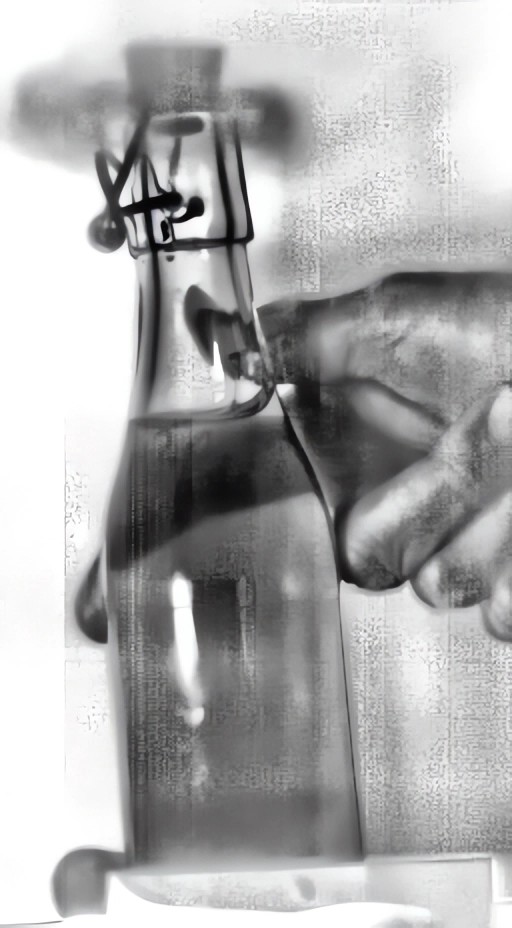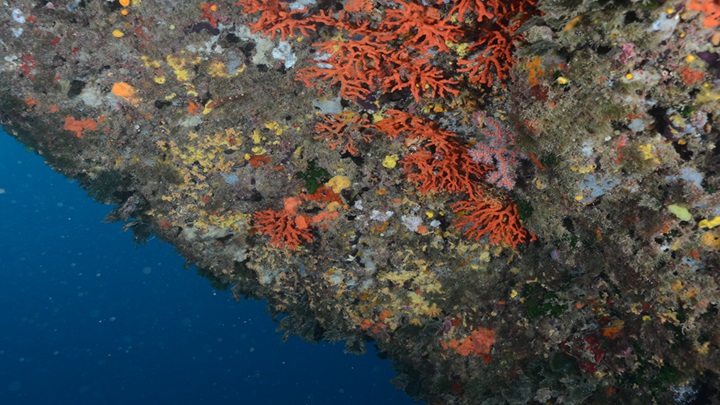April eNews
Welcome to this month's eNews!
This month's eNews includes the most read items from last month, our editor's choice plus our favourite image of the month.
Last month we sponsored the Marketing and Communications in Higher Education Conference 2025 where we got to hear from leaders in their fields share their experiences and latest strategies for navigating the current challenges being faced by universities. It was a pleasure to catch up with so many of you that attended.
If you have questions or feedback, connect with us at news@alphagalileo.org
Enjoy reading this edition!
Best regards, The AlphaGalileo News Team
Top 5 in March
1. Berberine inhibits phagocytosis through the TLR4-PI3K-CDC42 pathway, published by Compuscript Ltd. on 09/03
Announcing a new publication for Acta Materia Medica journal. Phagocytosis is a fundamental mechanism used by the body to resist pathogens and restore physiological homeostasis. Herein, to identify small molecules with anti-inflammatory properties via phagocytosis inhibition, the authors of this article constructed a library of natural products and evaluated their ability to modulate phagocytosis in RAW264.7 macrophages.
Read the news
2. A Novel AI-Powered Imaging Technique Shows Promise in Evaluating Patients for PCI, published by the American College of Cardiology on 30/03
Patients with narrowing of at least 50% in three major coronary arteries did equally well when treated with a minimally invasive stent placement guided either by ultrasound-based imaging or by a novel, artificial-intelligence-powered (AI), non-invasive imaging technique derived from angiography, researchers reported at the American College of Cardiology’s Annual Scientific Session (ACC.25).
Read the news
3. New S$130 million national research initiative to enhance Singapore’s strategic research capabilities in RNA biology and its applications, published by the National University of Singapore on 24/03
A new national programme that aims to position Singapore at the forefront of advancements in RNA science and applications was officially launched today. This new initiative – named National Initiative for RNA Biology and Its Applications (NIRBA) – is supported by the National Research Foundation (NRF) with total funding of S$130 million (US$97 million) over seven years. NIRBA will engage scientists and clinicians from leading institutions like the National University of Singapore (NUS), Nanyang Technological University, Singapore (NTU Singapore), Agency for Science, Technology and Research (A*STAR), and Duke-NUS Medical School.
Read the news
4. Meet the Libroscope: a new vision for ‘liberating’ data from biodiversity publications, published by Pensoft Publishers on 04/03
Some of the world’s leading institutions, experts and scientific infrastructures relating to biodiversity information are uniting around a new 10-year roadmap to ‘liberate’ data presently trapped in research publications.
Read the news
5. Long-term inflammation raises questions about white snus, published by the University of Gothenburg on 24/03
Painful inflammation that takes months or up to a year to heal – this can be seen in the mouth after using white snus. Researchers in oral medicine at the University of Gothenburg will now look more closely at the effects of the popular white snus.
Read the news
Editor's Choice
What’s Behind the ‘Pop and Slosh’ When Opening a Swing-Top Bottle of Beer? - 14/03/2025 - American Institute of Physics (AIP)
In Physics of Fluids, researchers from the University of Göttingen in Germany decided to use a high-speed camera to capture what occurs while opening a swing-top bottle of beer. They found that the sound emitted by opening a pressurized bottle with a swing-top lid isn’t a single shockwave, but rather a very quick “ah” sound. Their high-speed video recordings captured condensation within the bottleneck that vibrated up and down in a standing wave. After opening the bottle, the dissolved carbon dioxide starts to form inside the beer and triggers the liquid level to rise, causing the sloshing.
Read the news

Image caption: A frame of the group’s high-speed recording after popping a homebrewed bottle of beer. Credit: Max Koch
Image of the month
Red coral colonies survive a decade after being transplanted in the Medes Islands, published by Universidad de Barcelona on 18/03/2025
The red coral colonies that were transplanted a decade ago on the seabed of the Medes Islands have survived successfully. They are very similar to the original communities and have contributed to the recovery of the functioning of the coral reef, a habitat where species usually grow very slowly. Thus, these colonies, seized years ago from illegal fishing, have found a second chance to survive, thanks to the restoration actions of the University of Barcelona teams, in collaboration with the Institute of Marine Sciences (ICM - CSIC), to transplant seized corals and mitigate the impact of poaching.
Read the news

Image caption: MedRecover Research Group